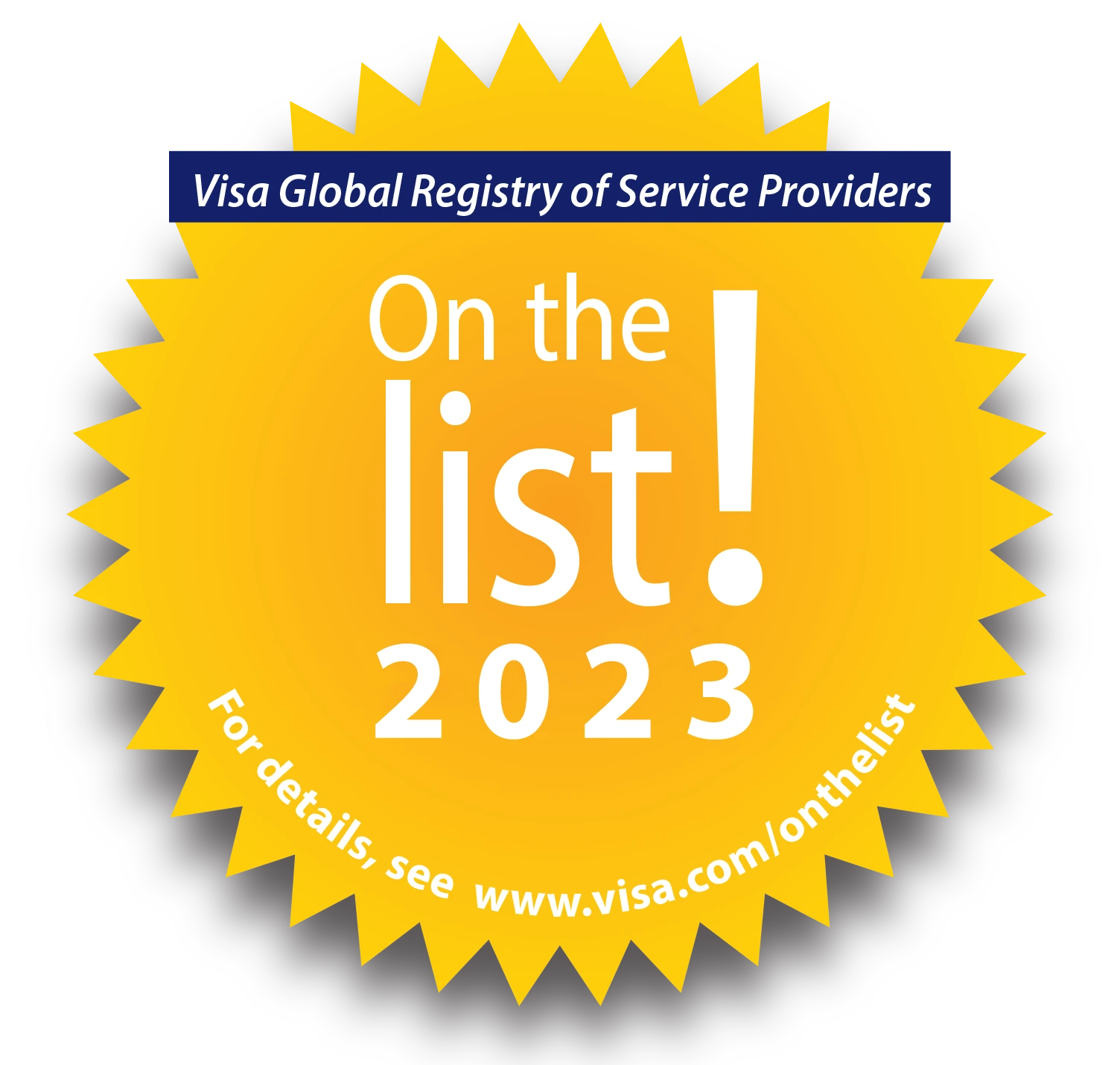Understanding the diverse functions of program management
Typically, program management is involved in the following aspects of payments infrastructure projects: strategic planning, project and program governance, stakeholder management, technology implementation; risk management and regulatory compliance; and change management. Let me elaborate on each of these elements and the role program manangement plays.
To begin with, strategic planning demands collaboration with stakeholders to define goals and objectives; highlight the necessary capabilities and resources; create a roadmap for implementation; identify the required regulatory compliances; and plan for security, scalability and interoperability.
Project and program governance is about establishing governance structures and processes; defining various roles and responsibilities, building project management frameworks and templates, ensuring adherence to industry standards and best practices; monitoring progress, managing risks and issues, facilitating decision-making, and, finally, keeping the projects on track.
Stakeholder management deals with managing diverse stakeholders in the payments infrastructure such as financial institutions, merchants, consumers, regulators and technology providers. It involves knowing their needs and requirements and enabling effective communication and collaboration among them while achieving the common goal of a vibrant payments infrastructure.
Technology implementation is related to defining systemic requirements, evaluating technology options and coordinating the development, testing & deployment of payment systems. All this while ensuring that the infrastructure meets all functional and non-functional requirements and integrates with existing systems and ascertains adherence to security and compliance standards.
Risk management and regulatory compliance requires identifying and managing associated risks, assessing risks related to security, fraud, operational resilience and regulatory compliance, developing risk-mitigation strategies, implementing controls and monitoring mechanisms, ensuring the necessary compliance requirements such as Payment Card Industry Data Security Standard (PCI DSS) or Know Your Customer (KYC) norms.
Change management relates to the handling of the payments infrastructure, which is subjected to continuous evolution due to technological advancements, market dynamics and regulatory change across the globe. Program managers facilitate change management by assessing the impact of changes, managing stakeholder expectations and implementing processes to smoothly transition to new systems or standards and, ultimately, planning for system upgrades, maintenance and scalability to facilitate future growth while meeting the changing business needs.
Program management’s key role at TerraPay
At TerraPay, the program management function manages technical solutioning, project management, change management, and stakeholder management as well as automation and optimisation of payment infrastructure projects. In this landscape, backed by our technical, project and people management skills, the program management function plays the critical role of connecting the technology team with the rest of the TerraPay ecosystem. This includes business, treasury, operations, financial partners, compliance functions, etc.
Consequently, the program management team contributes substantially to the growth of TerraPay’s global payments infrastructure by seamlessly managing its evolution. The program management function is inherently agile, quickly adapting and handling the continuous changes currently happening in the world of payments, propelled by sustained technology advancements, market dynamics and ever-evolving regulatory requirements. Organisations that are aiming at blitz-scaling cannot overlook the importance of the program management function and they need to focus on nurturing the essential skills required for the same.
Wrapping up, it is clear that program management plays a vital role in the healthy functioning of payments infrastructure, acting as a catalyst by bringing diverse stakeholders together and integrating their overall efforts to drive efficiency, security and frictionless growth across the payments ecosystem.







